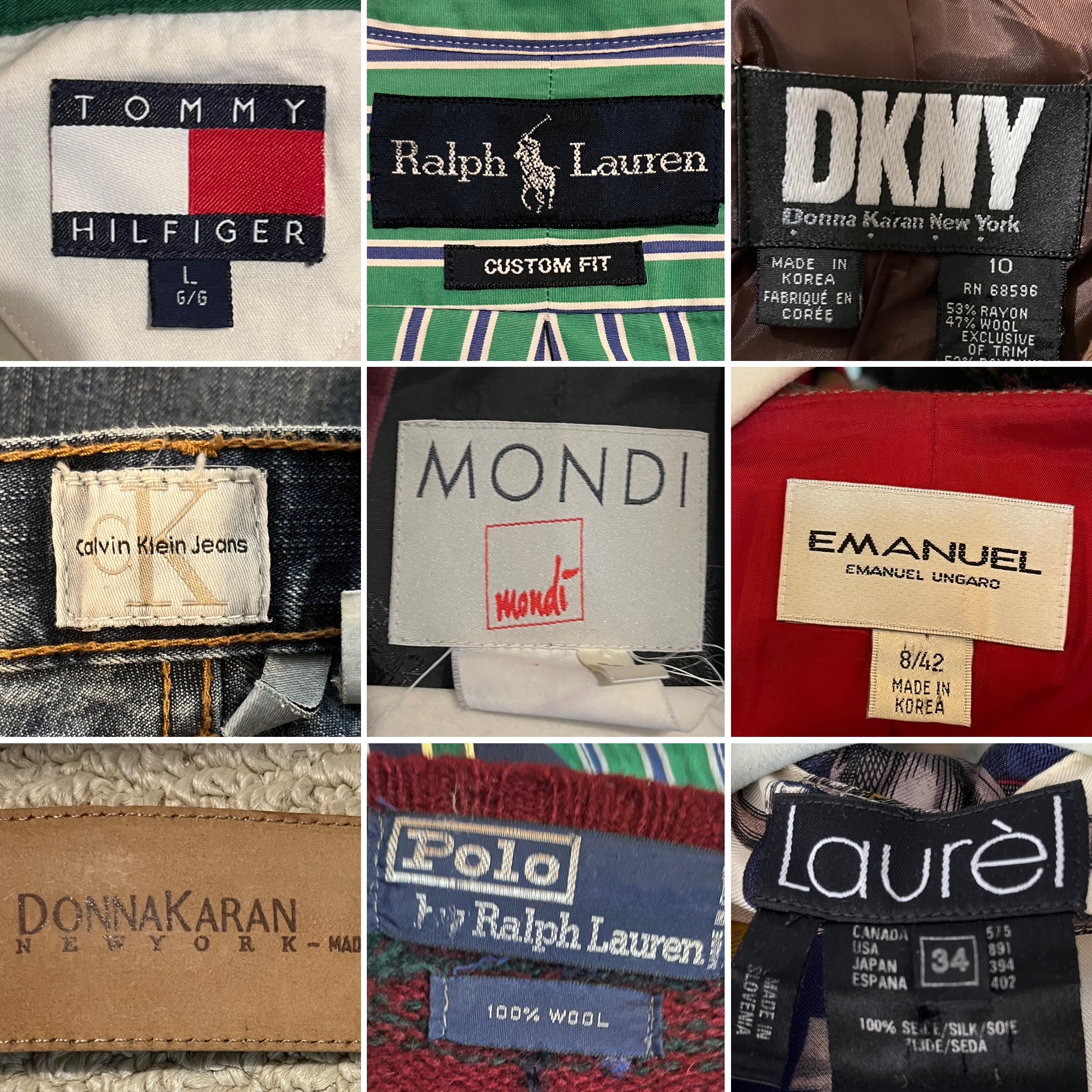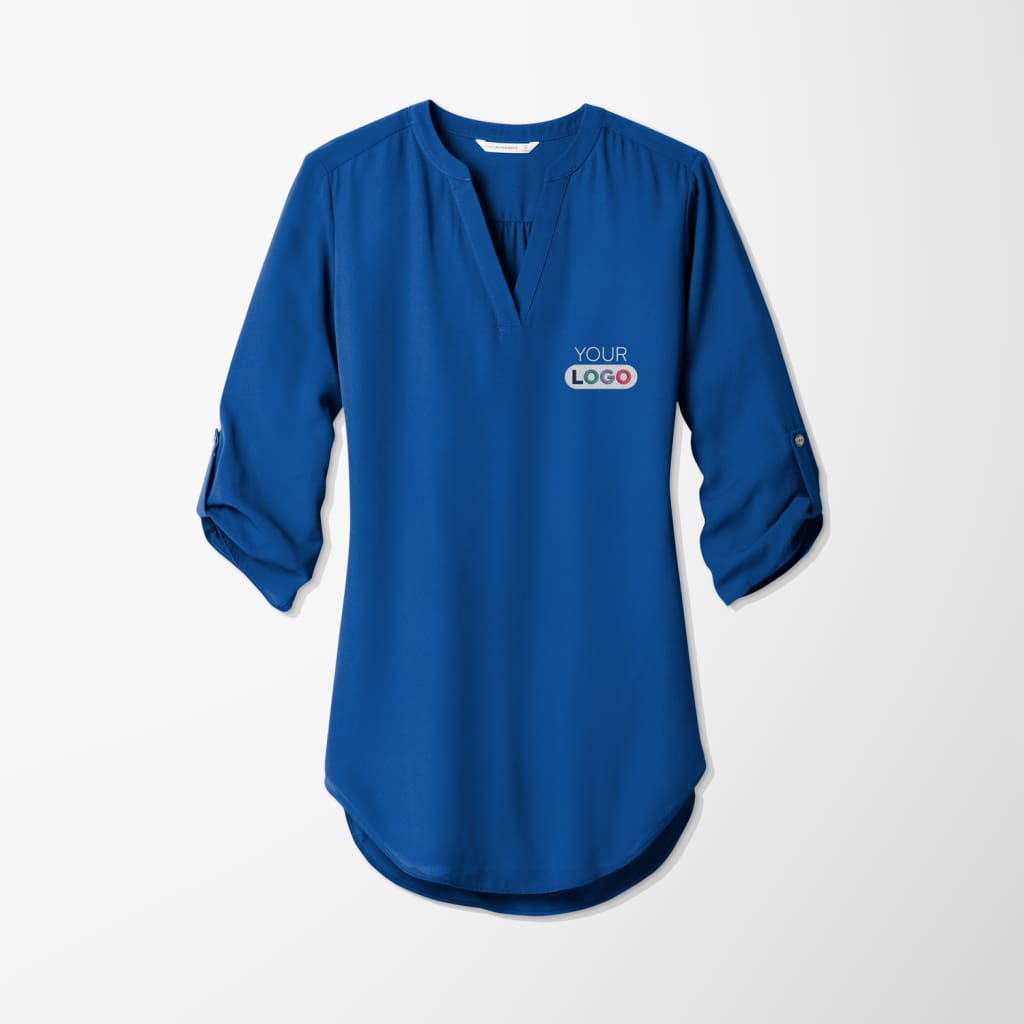Understanding Garments: The Importance of Fabric Choices in Your Closet
The selection of fabric in apparel plays an essential function in both aesthetics and capability. Different products provide differing degrees of convenience, longevity, and breathability, directly affecting the user's experience. Understanding these nuances can improve one's closet significantly. Numerous ignore just how these options can affect not just individual design, yet likewise sustainability. What fabric decisions could redefine your wardrobe and align it with both style and duty?
The Role of Material in vogue and Capability

Common Material Kinds and Their Features
When choosing garments, comprehending the features of usual fabric types is essential for making informed choices. Cotton, a widely-used natural fiber, is recognized for its flexibility, breathability, and soft qualities, making it suitable for sportswear and everyday garments. Linen, an additional all-natural alternative, flaunts excellent moisture-wicking properties and a distinctive texture, perfect for cozy climates.Wool, usually preferred for its heat and resilience, differs in fineness; merino woollen is soft against the skin, while coarser kinds are utilized for outerwear. Artificial materials like polyester and nylon provide toughness and resistance to wrinkles, making them preferred for activewear and traveling garments. Blends, which combine natural and artificial fibers, can boost performance while preserving convenience. By recognizing these material qualities, individuals can pick apparel that lines up with their way of living and aesthetic choices.
Breathability and Convenience: Picking the Right Fabrics for Various Environments
Selecting the best fabrics for different climates can greatly boost comfort and general wearability. Breathable materials are crucial in warm climates, as they permit air flow and dampness evaporation. Fabrics such as cotton, bed linen, and moisture-wicking synthetics efficiently draw sweat away from the body, keeping the user cool and dry. Conversely, in colder environments, thicker fabrics like wool or fleece supply insulation while maintaining breathability, ensuring warmth without overheating.Additionally, the choice of textile weight plays a vital duty; light-weight materials are more effective for summertime, whereas much heavier alternatives are suited for winter months wear. Recognizing the unique residential properties of each textile allows people to clothe suitably for varying climate condition. Inevitably, picking comfy and breathable textiles tailored to particular climates can substantially boost daily comfort and improve the overall experience of using apparel.
Sturdiness and Treatment: Just How Material Impacts Long Life of Your Closet
Choosing the appropriate materials can significantly affect the durability and care demands of a closet. Fabrics such as cotton and polyester are recognized for their durability and ease of upkeep, making them ideal for everyday wear. On the other hand, fragile products like silk and shoelace call for more cautious handling and specialized cleansing techniques, which can boost the time and initiative required for care. Branded Clothing.Durability is likewise affected by the material's weave and coating; securely woven materials tend to stand up to wear and tear better than loosely woven alternatives. Additionally, synthetic blends often supply enhanced durability, combining the best high qualities of several fibers.Understanding the treatment directions for every textile is crucial, as inappropriate drying out or cleaning can lead to premature wear. Inevitably, selecting long lasting products can result in a longer-lasting closet, minimizing the frequency of substitutes and adding to a more sustainable style option
The Impact of Material on Fit and Shape

Sustainable Material Selections: Making Eco-Friendly Decisions
The effect of fabric expands past fit and shape to incorporate ecological variables, triggering a growing rate of interest in sustainable fabric choices. Green textiles, such as natural cotton, hemp, and Tencel, are gaining traction amongst consumers that prioritize sustainability in their closets. These products are usually produced with less chemicals and water, lowering their eco-friendly footprint.Additionally, recycled textiles, made from post-consumer waste, supply an ingenious service to the textile sector's air pollution problem. Brands progressively accept transparency in their sourcing methods, permitting consumers to make informed choices about their purchases.Choosing lasting textiles not just sustains honest techniques yet additionally urges the fashion industry to take on more liable manufacturing techniques. As awareness of ecological issues climbs, people are advised to assess the long-lasting influence of their textile choices, promoting a motion in the direction of a more lasting and eco aware method to fashion.
Boosting Design: How Fabric Can Transform a Clothing
While numerous might focus on shade and cut when picking an attire, the choice of material plays an important function in elevating design and boosting general look. Different products convey distinct moods and messages; as an example, silk exudes deluxe and sophistication, while denim supplies a casual, relaxed ambiance. The texture and drape of a material can drastically modify the silhouette, with organized fabrics giving a polished look and softer ones creating an extra fluid, relaxed aesthetic.Moreover, the weight of the textile affects wearability throughout periods. Lightweight fabrics like bed linen and cotton are excellent for summer, while much heavier materials such as woollen and velvet offer warmth and elegance in cooler months. Comprehending material buildings, such as breathability and stretch, also empowers people to make informed choices that improve convenience without endangering style. Ultimately, the best textile can transform an attire from regular to extraordinary, making it a crucial consideration in any wardrobe.
Regularly Asked Questions
How Do I Recognize the Material Material of My Clothes?
To determine material material, one can check out care labels, conduct shed tests for fiber identification, or consult fabric examples. These methods why not try here assist distinguish products, guaranteeing informed choices for garments care and maintenance in everyday wear.
Can Material Option Affect My Mood or Confidence?
Textile selection can substantially impact a person's mood and confidence. Branded Clothing. Particular products may stimulate sensations of convenience or sophistication, while others can feel limiting or uncomplimentary, eventually affecting self-perception and psychological wellness throughout the day
What Fabrics Are Best for Delicate Skin?
For people with sensitive skin, all-natural materials like bamboo, cotton, and linen are usually recommended. These materials are breathable, hypoallergenic, and much less most likely to trigger irritation, making them appropriate options for convenience and skin wellness.
Just how Do I Correctly Laundry and Take Care Of Different Fabrics?
To appropriately care and clean for various fabrics, one should think about each material's details demands, including temperature settings, detergents, and drying out methods, ensuring long life and keeping the fabric's original top qualities for ideal use.
Are There Specific Fabrics for Athletic or Performance Use?
Athletic or performance wear typically uses fabrics such as polyester, nylon, and spandex. These products are developed for moisture-wicking, breathability, and flexibility, enhancing activity and comfort throughout physical tasks while supplying resilience and support. Conversely, in chillier climates, thicker textiles like wool or fleece give insulation while preserving breathability, guaranteeing heat without overheating.Additionally, the choice of textile weight plays a vital duty; light-weight fabrics are better for summertime, whereas larger choices are matched for winter wear. In comparison, fragile products like silk and shoelace call for more careful handling and specialized cleaning approaches, which can boost the time and initiative needed for care.Durability is additionally affected by the fabric's weave and coating; snugly woven textiles often tend to stand up to wear and tear far better than freely woven options. In comparison, stiff materials can restrict movement yet provide a classic, polished look.Moreover, the thickness and texture of the textile can affect the visual understanding of body form. The impact of fabric expands past fit and silhouette to encompass ecological factors, prompting an expanding rate of interest in sustainable material selections. The structure and drape of a material can drastically alter the shape, with structured textiles giving a polished appearance and softer ones developing an extra fluid, kicked back aesthetic.Moreover, the weight of the textile affects wearability throughout periods.